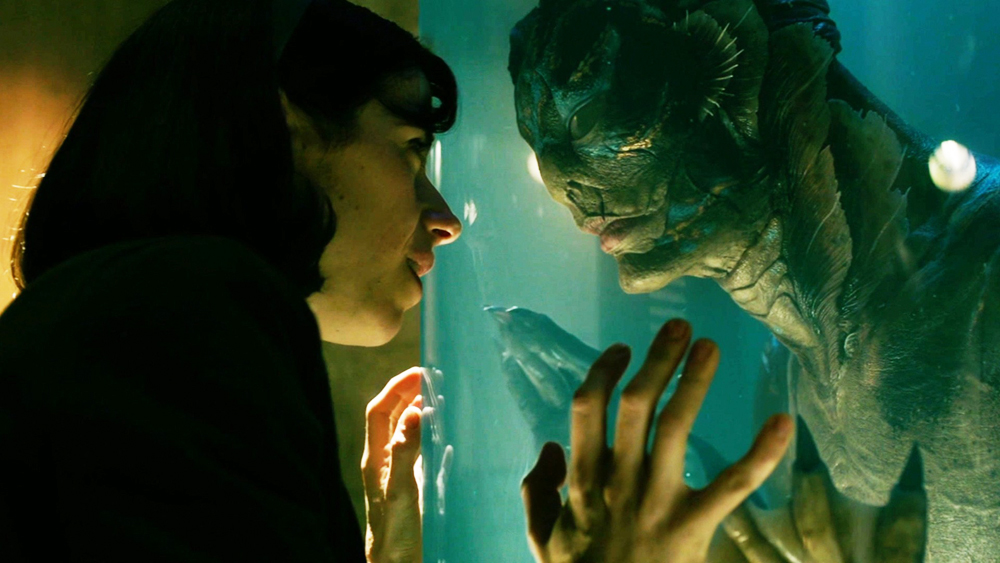Judge Dismisses ‘Shape of Water’ Copyright Suit
By Gene Maddaus
LOS ANGELES (Variety.com) – A federal judge has dismissed a lawsuit alleging that the “The Shape of Water,” the winner of this year’s Oscar for best picture, borrowed heavily from a 1969 play about a dolphin held captive in a military lab.
David Zindel, the son of playwright Paul Zindel, filed the suit in February, claiming that the film stole themes, plot points, characters and dialogue from “Let Me Hear You Whisper,” a play that aired on public television. Judge Percy Anderson ruled that the two works are substantially different, and that the similarities are too generic to be copyrighted.
“Although the play and the film share the basic premise of an employee at a scientific facility deciding to free a creature that is subjected to scientific experiments, that concept is too general to be protected,” Anderson wrote. “There are some minor similarities in the two works’ expressive choices, such as the fact that the main character is a janitorial worker, that the test subject is of interest for military purposes, and that the escape plan involves the use of a laundry cart. However, the similarities generally end there.”
The lawsuit was filed about 10 days before the Academy Awards ceremony, and there was speculation at the time that it was timed in order to influence Oscar voting. Zindel’s attorney, Marc Toberoff, denied that charge.
Director Guillermo Del Toro said that he had never heard of the play before the allegations of plagiarism began to circulate last winter. In interviews, Del Toro has said that producer Daniel Kraus came up with the idea of a janitor who kidnaps an amphibian from a research facility during a breakfast meeting in 2011. Del Toro had been wanting to make a film in the tradition of “The Creature From the Black Lagoon,” and jumped at the concept.
In the ruling, Anderson noted the many dissimilarities between the two works. The judge described the film’s main themes as “the power of friendship and love; the power of music and cinema as a form of expression and connection; unexpected soulmates; society’s intolerance towards outsiders; racism; sexual identity and repression; bias against perceived outsiders and the banding of misfits; and toxic masculinity.” He said the play’s main themes are “the supremacy of individuality over conformity; real advancement is impossible without an open mind; our false view of ‘progress’ neglects genuine progress of the human condition; and one must stand up against what is wrong, no matter one’s station in life.”
“The Court thus finds that the two works primarily explore different themes. Although both works to some extent include the theme that one must look beyond appearance and status to a person’s true character, that theme follows naturally from the works’ shared basic premise and therefore does not show substantial similarity,” he wrote.

